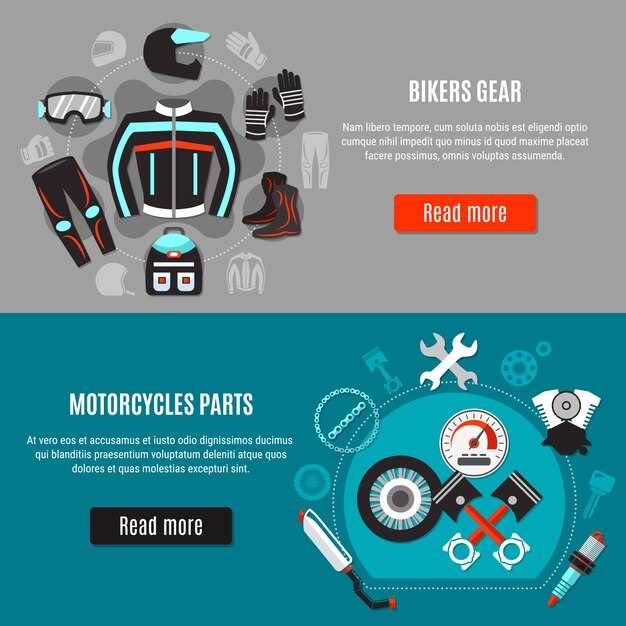
When delving into the world of motorcycles, one of the key areas to focus on is the specifications. Understanding these technical details can significantly enhance your riding experience and help you make informed decisions as a beginner. Two critical specifications that every new rider should pay attention to are engine and size.
The engine of a motorcycle is arguably its most crucial component, directly influencing performance, efficiency, and overall riding experience. From the type of engine–be it a single-cylinder or a multi-cylinder configuration–to its displacement measured in cubic centimeters (cc), these factors determine how the motorcycle responds to throttle inputs, its power output, and how it behaves at various speeds. Understanding the engine specifications can help you choose a bike that matches your riding style, whether you prefer cruising on highways or navigating through city streets.
Equally important is the size of the motorcycle, which encompasses its overall dimensions, seat height, and weight. Size affects not only how comfortable you feel while riding but also how easy it is to handle and maneuver the bike. For beginners, it is essential to select a motorcycle that fits your body type and skill level. A well-sized motorcycle can boost your confidence and safety on the road, making your journey enjoyable and less daunting.
Decoding Torque: What It Means for Your Ride

Torque is a crucial factor that affects motorcycle performance and rideability. It is a measure of rotational force generated by the engine, primarily influencing how quickly a bike can accelerate and how well it can handle various terrains.
When examining motorcycle specifications, understanding torque is essential. Unlike horsepower, which indicates the top speed a motorcycle can achieve, torque is more about how quickly the machine can get there. Higher torque numbers generally mean better performance in dynamic situations, especially from a standstill or when climbing steep hills.
The size of the engine plays a significant role in determining the amount of torque produced. Typically, larger engines produce more torque due to the increased volume of air and fuel they can intake, leading to more powerful combustion cycles. However, it’s important to note that finer engineering can allow smaller engines to produce competitive torque figures, emphasizing the importance of engine design.
Motorcyclists seeking a strong and responsive ride should look for models with high torque ratings, as these bikes will provide better acceleration and a thrilling riding experience. Additionally, torque is crucial for off-road conditions, where immediate power delivery can make a significant difference in traction and control.
In summary, understanding torque and the corresponding engine size can greatly enhance your decision-making process when choosing a motorcycle. Focusing on these aspects not only aids in selecting a suitable bike but also enriches the overall riding experience.
Engine Size Explained: How It Affects Performance
Engine size, often expressed in cubic centimeters (cc) or liters, is a key specification that significantly impacts motorcycle performance. It refers to the total volume swept by the pistons inside the cylinders during their movement. Generally, larger engine sizes correspond to more power and torque, which directly affects acceleration and top speed.
A motorcycle with a larger engine size can produce greater horsepower, enabling it to reach higher speeds more quickly. This is especially important for riders who prioritize performance for riding on highways or in competitive scenarios. Additionally, more engine displacement typically means enhanced torque at lower RPMs, providing better pulling power and smoother acceleration from a standstill.
Conversely, smaller engine sizes often lead to better fuel efficiency and may be more suitable for beginners or city riding. These motorcycles tend to be lighter and easier to handle, allowing new riders to gain confidence without being overwhelmed by power. They also often have lower insurance costs, making them an appealing option for those just starting out.
It’s essential to consider the intended use of the motorcycle when assessing engine size. For long-distance touring or high-speed commuting, a larger engine might be preferable. However, for urban commuting and casual rides, a smaller engine could provide sufficient performance while offering easier maneuverability and control.
Ultimately, understanding how engine size affects performance outcomes allows riders to make informed decisions based on their experience level, riding style, and specific needs. Balancing engine size with other specifications will help in selecting the right motorcycle that matches individual preferences and riding conditions.
Selecting the Right Specs: Finding Your Ideal Motorcycle

When choosing a motorcycle, understanding the specifications is crucial for making an informed decision. Two critical specifications to consider are size and engine, both of which significantly impact your riding experience.
The size of a motorcycle affects handling, comfort, and suitability for different riders. They are typically categorized into three main categories: small, medium, and large. Small motorcycles often have lower seat heights and are lighter, making them ideal for beginners or urban commuting. Medium-sized bikes balance power and agility, suitable for a variety of riding situations. Large motorcycles, known for their bigger frames and engines, provide more stability and power but may be cumbersome for novice riders.
The engine is another essential aspect to consider, as it influences the bike’s performance. Motorcycle engines vary in displacement, measured in cubic centimeters (cc), which impacts acceleration and top speed. Smaller engines, usually under 250cc, are easier to handle and often deliver better fuel efficiency, making them great for new riders. Engines ranging from 250cc to 750cc offer a blend of power and control, suitable for intermediate riders. Larger engines, over 750cc, cater to experienced riders who seek high performance and long-distance capabilities.
Ultimately, selecting the right size and engine begins with understanding your own skill level and riding environment. Test rides can provide firsthand experience and help determine which motorcycle feels best. Prioritizing your comfort with the bike’s size and power will ensure a more enjoyable and safer riding experience.












